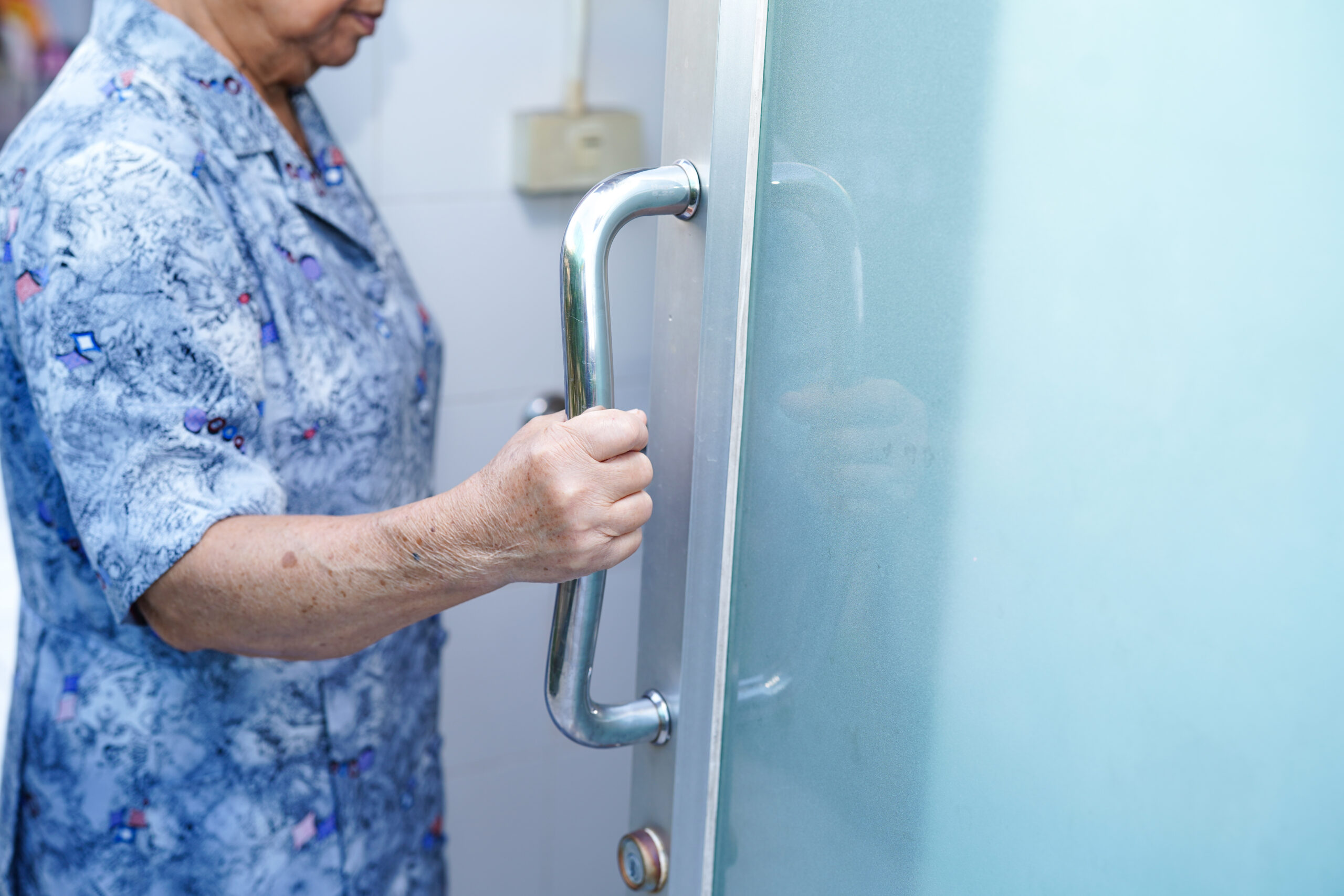How to Stay Safe at Home as You Age
As we age, our homes can become both a sanctuary and a potential source of danger. Ensuring safety at home is crucial for maintaining independence and quality of life. Here are some practical tips to help you stay safe and secure in your own home.
First, let’s talk about **fall prevention**. Falls are one of the most common and dangerous accidents for seniors. To minimize this risk, start by **eliminating tripping hazards**. Remove any loose rugs or secure them with anti-slip backing. Declutter walkways by clearing away cords, shoes, and small furniture that could obstruct your path. Install slip-resistant mats in areas prone to spills, like the kitchen and bathroom.
Next, **improve your lighting**. Good lighting is essential for visibility, especially if you have vision impairments. Upgrade to brighter, energy-efficient LED bulbs and install motion-sensor lights in hallways, staircases, and bathrooms. Night lights in bedrooms, bathrooms, and hallways can also help you navigate safely at night.
**Adapting your home for accessibility** is another key step. Consider widening doorways to accommodate walkers or wheelchairs, and install ramps instead of stairs where necessary. Adjusting counter heights in the kitchen can make cooking easier, and replacing traditional doorknobs with lever-style handles can be more manageable for those with arthritis or limited grip strength.
In the bathroom, **install grab bars** near toilets and showers to provide extra support. Use nonslip mats in the shower and bathtub to prevent slipping. Ensure that your furniture is stable and arranged for easy navigation, avoiding wobbly chairs and tables.
Finally, don’t forget about **safety devices**. Install smoke and carbon monoxide detectors in every bedroom and near the kitchen, and test them regularly to ensure they are working properly.
By following these simple steps, you can create a safer, more comfortable living environment that supports your independence and well-being as you age.





